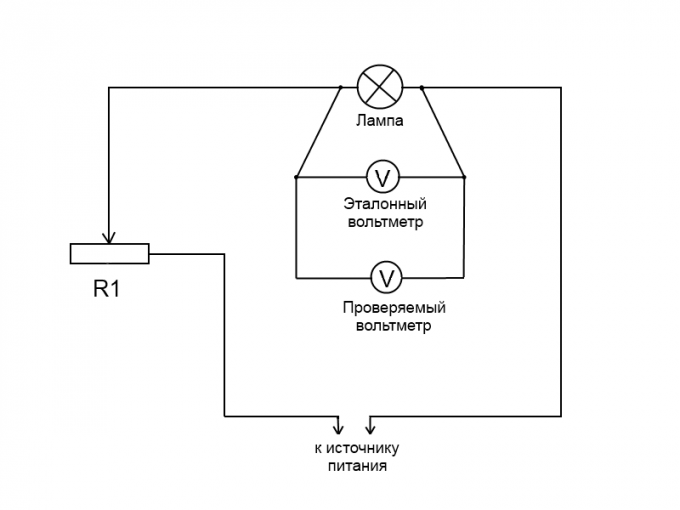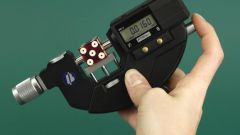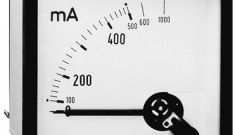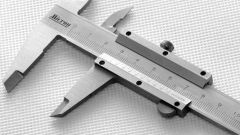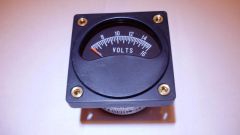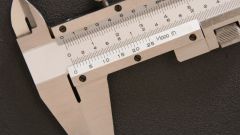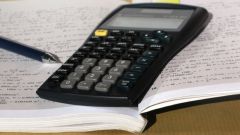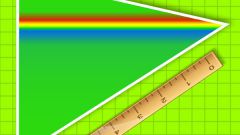You will need
- power supply with built-in voltmeter, power supply 12 Volt, variable wirewound resistor 1 ohms, the bulb at 12 Volts, the reference voltmeter, connecting wires, a measuring instrument to power circuits AC and DC type УИ300.1.
Instruction
1
Connect a voltmeter to check the power supply with a built-in voltmeter. Regulator output voltage unit, make sure the output voltage is 1 Volt. Check the note on the scale of the voltmeter position, which stopped his arrow. Successively performing this operation with a step of 1 Volt, full scale space of the second device. Then reset the voltage of the power supply and unplug it. Then mark intermediate values of the scale of the voltmeter. If the scale is non-linear, it turns out, the markup of intermediate values apply in proportion to the location of the main markup. This method gives a layout with a low accuracy of calibration, which is limited by the accuracy of the readings of the voltmeter on the power supply.
2
Greater accuracy of calibration gives a second method, which uses a standard voltmeter. Sequentially connect a variable resistor and a light bulb at 12 Volts. In parallel to the lamp, connect the reference and check the voltmeter. The free output resistor and a second wire from the lamp plug to the power source. Turning the knob of the resistor, read the voltage readings from reference voltmeter and focusing on them, apply markup to the scale mark of the device in increments of 1 Volts. Check if the device is designed for higher voltage, use a power supply, the reference voltmeter and light bulb to the higher voltage.
3
Use for the calibration of the measuring instrument to power circuits AC and DC type УИ300.1 will give high accuracy of marking check of the voltmeter. Connect the voltmeter and following the instructions of the operating instructions in УИ300.1, traderoute it.
